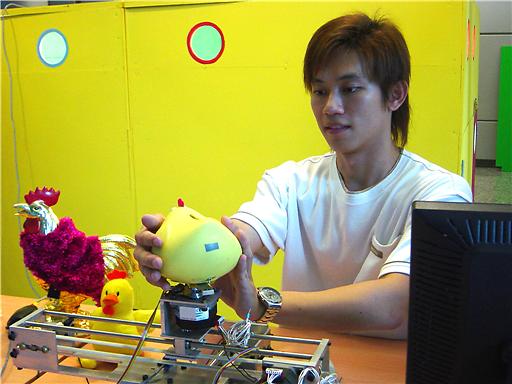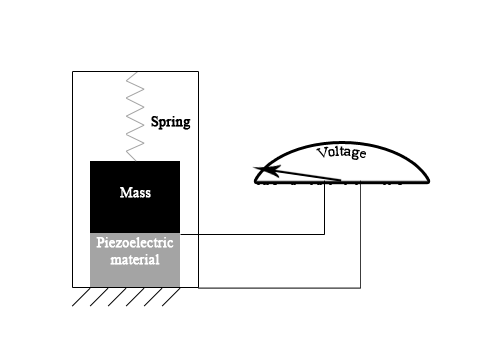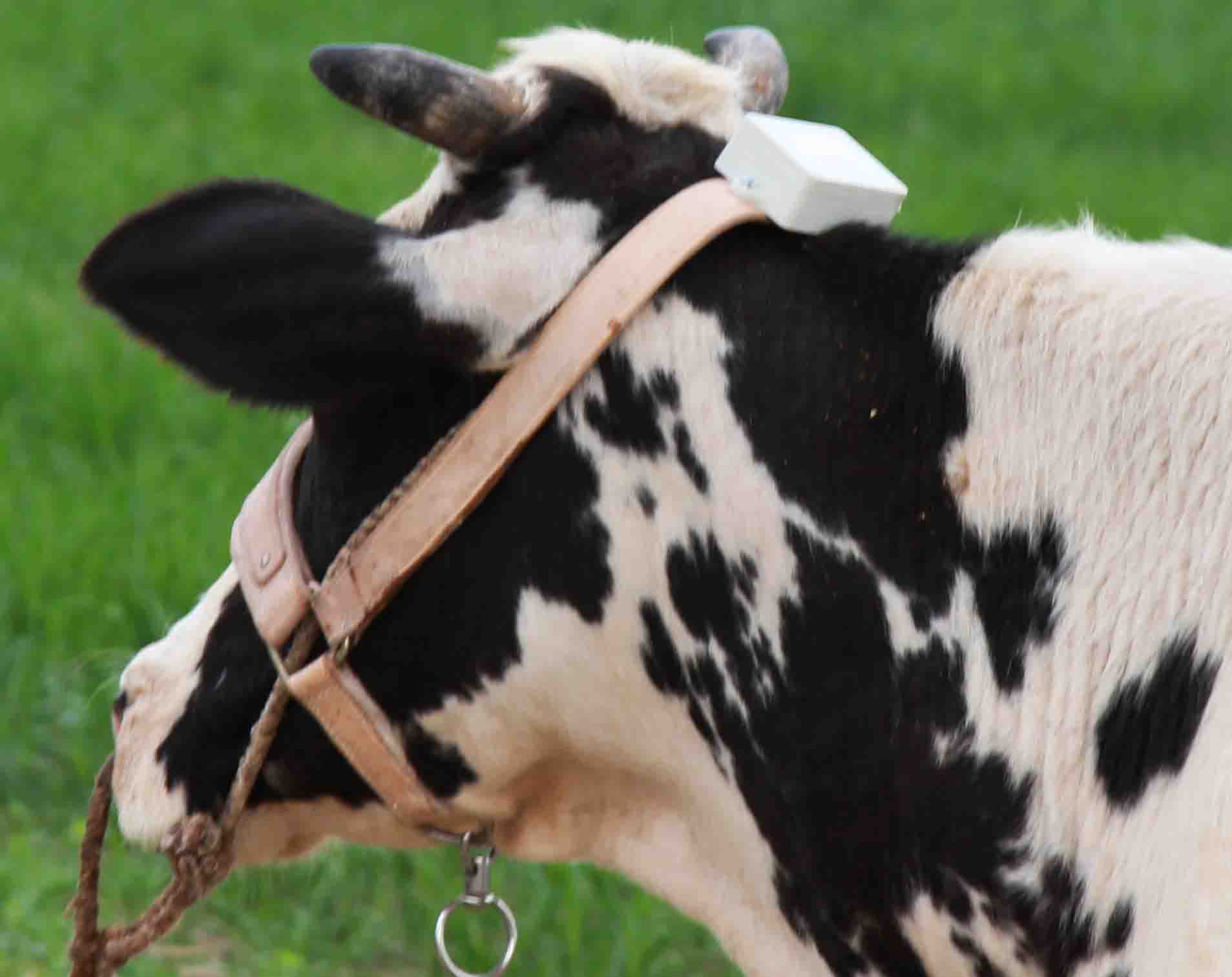Just as we are finding more and more ways to attach devices to ourselves, we have now begun to attach them to animals, too, for a variety of reasons.
Panic? Call the neighbors to ask if anyone saw her? Wander the neighborhood at random?
For an increasing number of pet owners, the answer is much, much simpler (and probably involves less panic). That's because more and more animals are being equipped with specialized 'wearables' which allow their owners to access everything from GPS location to physical activity and other stats relating to health. There are more and more systems and products available all the time, and it isn't just limited to domestic pets.
Pet Toys and Remotely "Pettable" Poultry
Putting a GPS on a pet seems like a pretty logical and reasonable idea, but how else can technology improve the life of a pet? One of the simpler applications is to monitor the animal remotely.Products like the Petcube and the Furbo allow owners to not only keep an eye on animals by way of a webcam, but also to play with them and help exercise remotely with the aid of a remote control laser pointer, or to reward pets with an automatic treat dispenser. This can help alleviate pet loneliness and owner guilt for leaving pets alone for so long, as well as monitoring pet behavior and safety while you are away from home.
On a slightly less conventional note, a group of researchers at the Mixed Reality Lab at the National University of Singapore are experimenting with wearables that let you remotely interact with your pet chicken. You heard me right. The chicken wears a small jacket loaded with vibrators which can be activated to simulate a human stroking the bird's back. These motors are activated remotely by stroking a chicken-shaped model, which is rigged up with motors to simulate the motion of your chicken, based on an array of sensors inside the jacket. Put it together with a webcam to see the chicken, and you can effectively 'stroke' your chicken without even leaving your desk. Other features include a camera to let you see the point of view of the chicken, as well as vibrators connected to your feet so you can feel the chicken's footsteps as if they were your own.

A user interacts with his pet chicken remotely by stroking a chicken-shaped model. Image from mixedrealitylab.org
If this sounds a little wacky, that's okay, the researchers acknowledge that is is a little eccentric. However, there are potential applications for the technology, including the ability to interact with potentially dangerous animals from a safe distance, or even dance lessons, with the student receiving feedback from vibrators on their feet and legs as the instructor moves.
Fitbits for Elephants
Putting tags on animals to help track and observe them is nothing new, particularly if the species is endangered or threatened. Scientists have even used GPS trackers to chart migratory patterns of everything from eagles to giant tortoises.
Demonstration of a piezoaccelerometer. Animation courtesy of Archiem [CC-BY 3.0]
Recently, though, a team from South Africa, Botswana, and UCLA implanted an Actiwatch Spectrum into the trunks of two wild African elephants for about a month. The watches use a piezoaccelerometer to track motion. In this case, the motion of the elephant's trunk, and from that, make estimates about the elephant's sleep cycles. This data was complemented with an accelerometer and GPS on a collar, as well as a stationary weather station. Their specific goal is to study the sleeping patterns of the animals, and to try and understand better how sleep in general works.
Their findings were perhaps surprising; they found that the elephants slept for an average of two hours a day, most of that standing up, and it appears that they very rarely entered REM sleep as we understand it. You can read the team's full paper here.
Increasingly, smart wearable technology is being used to study animals, not only in the wild but also in captivity. Recently, zookeepers at the Fresno Chaffee Zoo in California have been using similar equipment to monitor their captive elephants and watch for particular habits and behaviors that could point to everything from joint and foot problems to anxiety or loneliness. Armed with this data, zookeepers can better understand what the animals need to be as healthy and happy as possible in captivity.
Data from Dairy
Elephants and chickens are not the only animals sporting new wearable electronics, even cows are getting in on the action. There is a growing market for smart devices targeted at farm animals, such as the Cowlar. This small box straps to the back of the cow's head and tracks the cow's movement, temperature, location, and other data. The data is passed wirelessly to a device called "the cow router", then processed and reported to the farmer. The company claims that this data can be used to help to improve cow health and milk production.
The Cowler. Image from cowler.com
In other cases, rather than wearables, farmers can use "ingestibles" to help track the fitness of their animals. As the name suggests, these devices are swallowed and carried in the stomach rather than worn on the outside of the body. While there are some obvious drawbacks to this, it has some added benefits, namely the ability to take specific readings about the cow's diet and the contents of its stomach. It can also help to detect when the cow is sick or in heat, and increases the chances of successful treatment or reproduction.
Similar systems have been used successfully in everything from chickens and horses to bees, with benefits for animals and humans alike.
From the logical and domestic, to the potentially bizarre, we are increasingly using electronics to monitor and improve the standard of living for animals. Going forward, technical advances are sure to continually help us and our animal companions.







No comments:
Post a Comment